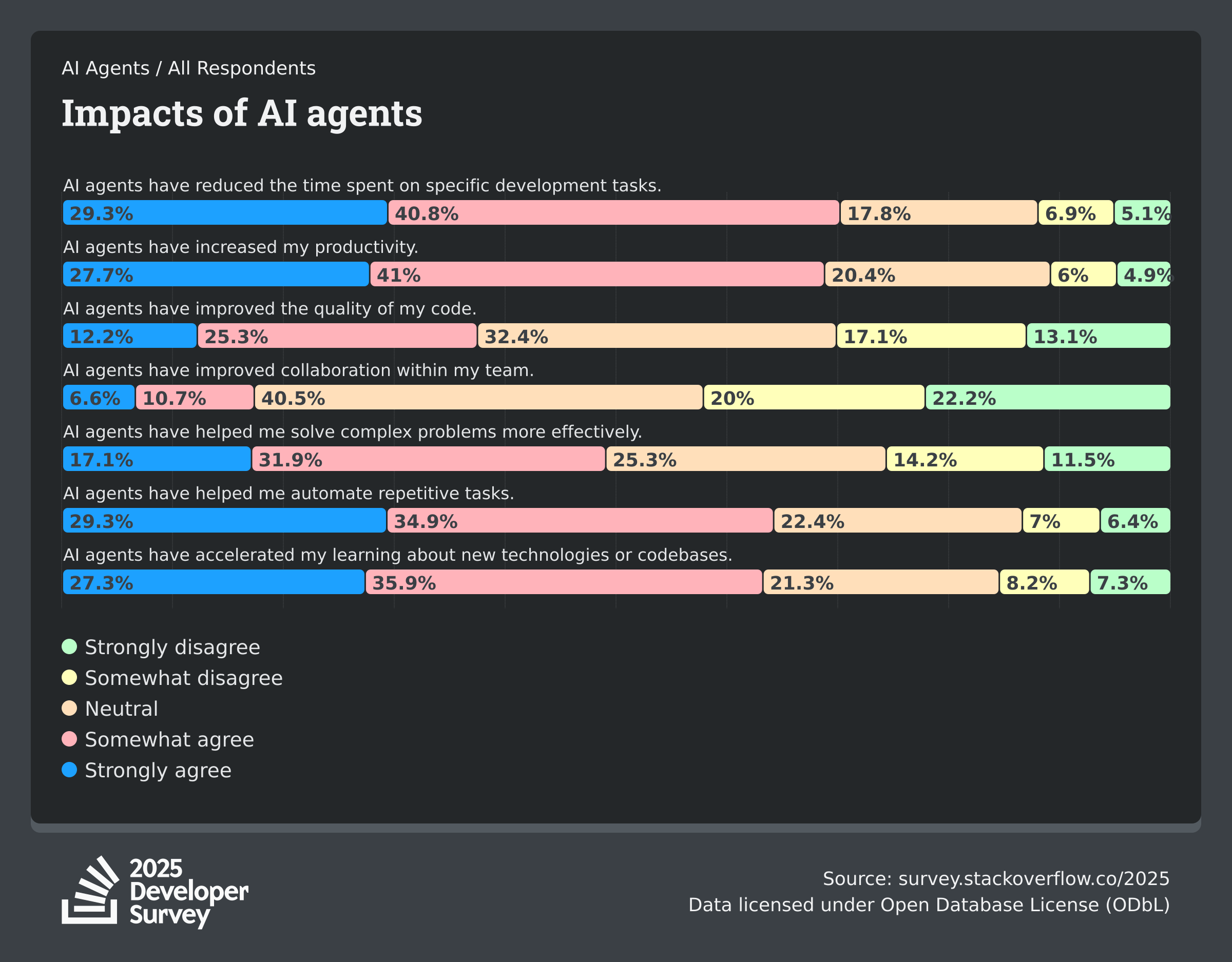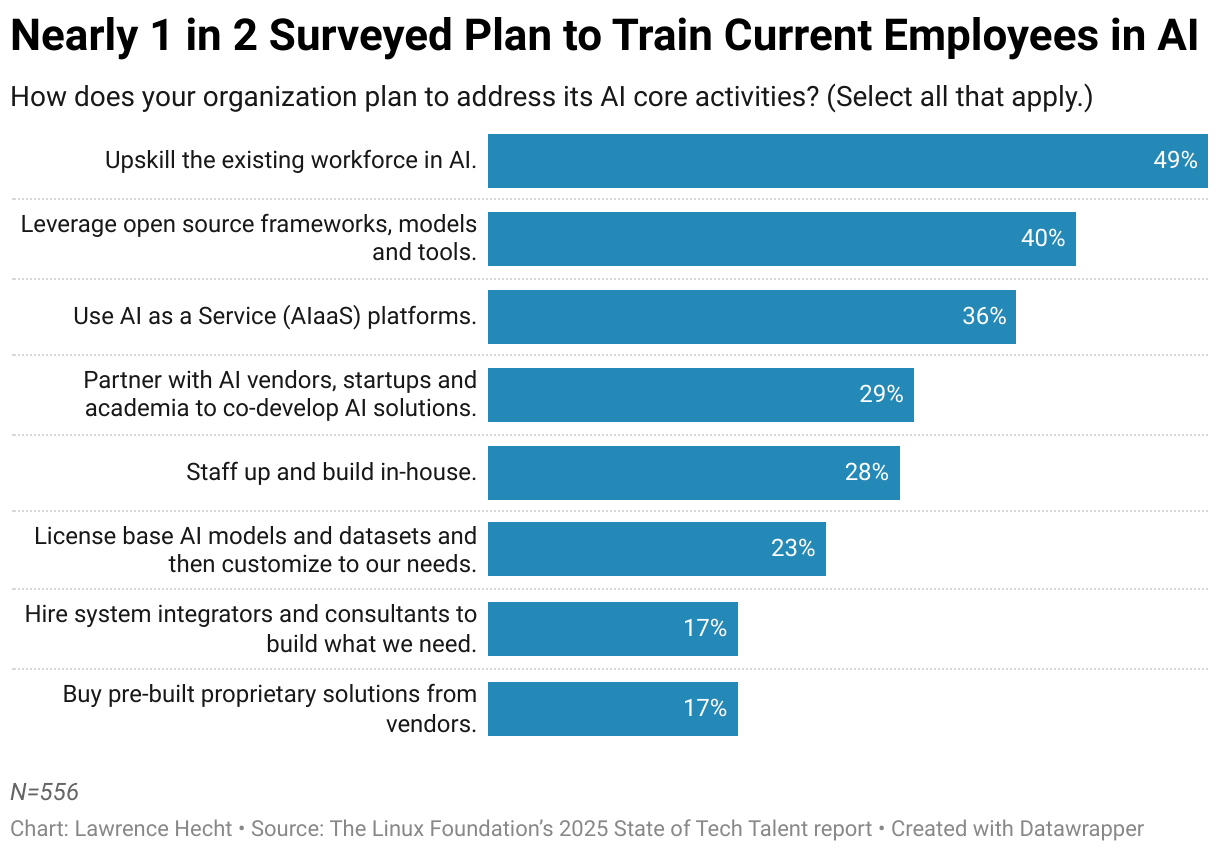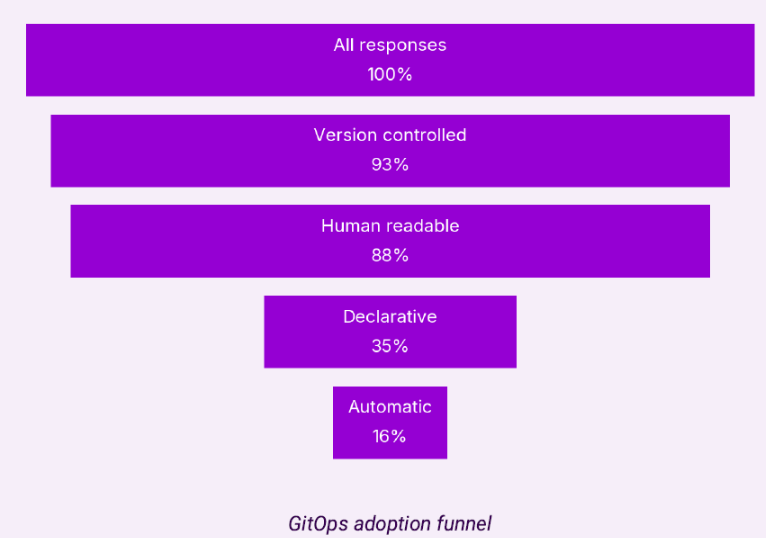AI may promise faster development, but even many of the fastest devs are still navigating rocky paths to production.
That’s the takeaway from a new survey from Temporal, which found that only one in four participants said they experience smooth workflows in their organization.
“The other 75% are on the frontlines, getting their eyebrows singed off fighting fires,” the report read.
Among the pain points:
- 35% of survey participants overall said that workflow processes were complex.
- 35% also said that their teams deal with high operational overhead.
- 34% reported that their organization struggles with recovery from system failures.
Decision makers (like engineering managers and CTOs) had a different perspective on where the biggest challenges lie than software engineers and developers did. Managers were more likely to complain about operational overhead and difficulty scaling. Individual contributors said they were more often challenged by difficulties with long-running processes and the complexity of failure recovery.
Findings for the 2025 “State of Development” report from Temporal, a microservice orchestration platform, released today, came from survey responses by more than 220 individual contributors and IT decision makers worldwide, with 42% of participants in North America, 27% in Europe, and 15% in the Asia-Pacific region. Forty-six percent of survey respondents work for organizations with more than 500 employees.
Devs and Their Bosses Report Different Priorities
At smaller and mid-sized organizations — those with less than 1,000 employees or less — developers were more likely to influence what tooling is selected.. At enterprises with 1,000 employees or more, CIOs and engineering managers were more likely to choose tooling solutions for their dev teams.
Decision makers and individual contributors reported different priorities in selecting their tooling — indicating that labor and management aren’t always speaking the same language when it comes to picking tools, according to the report. Specifically, IT management places a greater priority on security and reliability, while individual contributors are more likely to look for open source tools.
The report also offered a glimpse into the way that smaller and larger organizations are managing their long-running processes and workflows.
Though workflow orchestration tools and scheduled jobs were the solutions that organizations of all sizes turned to most often, gaps emerged between groups of 1,000 or more and smaller organizations in terms of how much they relied on other solutions.
Other notable findings:
- While 94% of professionals said they use AI (such as coding assistants) in their workflows, only 39% said their organization is also building frameworks to use AI at scale.
- Unlike the answers on how individuals evaluate tooling, roughly the same share of decision makers and individual contributors said that enhancing system reliability and security compliance was their organization’s main priority for the solutions and tools they use over the next one to two years.
- But a chasm appeared to open over some other reported priorities. Decision makers were far more likely to cite increasing automation than ICs were (38% versus 27%), reducing operational costs and technical debt (37% versus 20%), and enhancing dev productivity (34% versus 18%).
- By contrast, ICs expressed more concern than decision makers about increasing data processing capabilities (30% versus 19%), and migrating to hybrid and cloud environments (30% versus 11%).
I co-authored this article with The complete article can be found here.



